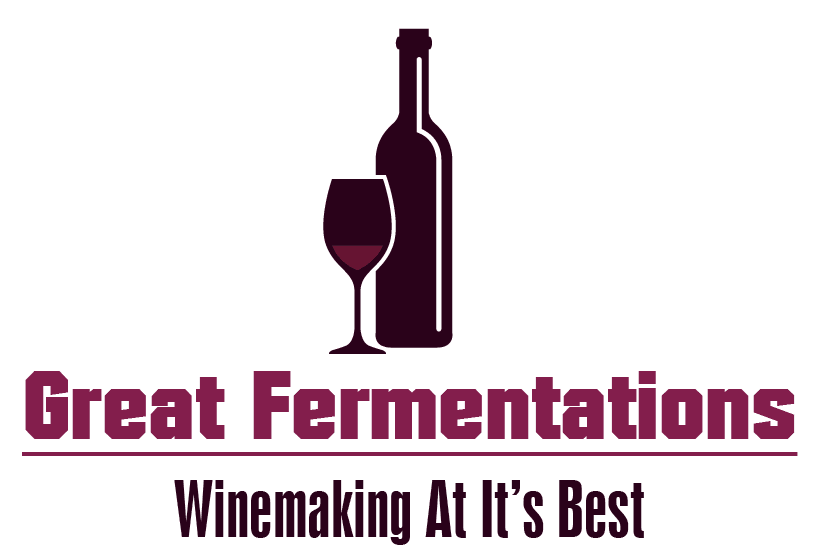Frequently Asked Questions
How do I make wine?
Each batch of wine makes approximately 30 – 750ml bottles (or the equivalent). To make onsite, we add an 'on premise' fee of $60 per batch. Includes corks, shrink caps and labels. New customers receive 30 free bottles their first time. It takes 4 to 8 weeks from starting wine to the bottling stage. Specialty labels are available - customize your wine! Our kits range in cost from $68 to $160.
To get started simply come in and we can answer any questions you may have about the types and styles of wine that can be made. All of the wine kits we carry have been tested and we guarantee their quality. Our suppliers are Canadian based, but they source grape juice from worldwide sources - New Zealand, Australia, South Africa, Chile, Argentina, Spain, Italy, France, Germany and the United States.
According to the rules set out by the Liquor Control and Licensing Branch the customer is required to start the batch in person by adding the yeast to initiate the fermentation process, and to return and bottle the wine at a later date. An appointment to start a batch is not required, only to bottle when it is done.
There is an aging period required after bottling, as the wine does improve dramatically with age.
Why should wine be left upright for 7-10 days after bottling?
The action of corking a bottle compresses the cork and forces it into the bottle. By leaving bottles upright for 7-10 days, some of this compressed air is allowed to escape. If bottles are laid on their side immediately, the pressure will not be released and the wet corks will seal with extra pressure against them, possibly causing the corks to be pushed part way out. Once this time has passed, bottles should be stored on their side so the corks provide a seal. Occasionally, a drop or two of wine will be forced past the cork with the air as the wine is bottled. This is no cause for alarm, just a sign that a little of the air pressure is being released.
What is the proper temperature to store wine?
The 'ideal' temperature for long term storage is 45 - 55° F (7 - 13° C). The cooler the temperature, the slower the aging, the warmer the temperature, the quicker the maturing, and constant temperatures are the key. What should be avoided are: direct sunlight, heat, and temperature fluctuations.
